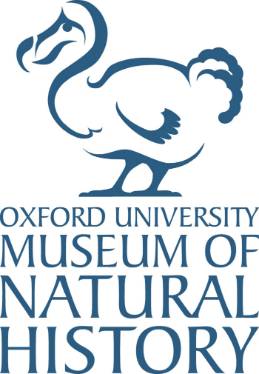This blog post is a guest blog from the Natural History Investigators at Oxford Univeristy Natural History Museum (OUNHM). After visiting us in London, to find out more about The Microverse research and to support us in our development of the project, museum educator Sarah Lloyd, took the project back to Oxford to involve students at both the OUNHM and the Oxford University Botanic Garden. Here is what the Natural History Investigators got up to.
One snowy Saturday morning we unpacked our Microverse pack and lay out the scientific looking contents. We are Natural History Investigators, a group of 14 to 16 year olds who meet every Saturday morning at OUNHM. We carry out our own research using Museum specimens. Before we begin our individual project work, we always spend some time doing something together. We've been into the Museum's spirit store, we have handled live tarantulas, but this week we were to collect samples to contribute to The Microverse project.
Investigator, Gemma George investigating the similarities and differences between domestic and wild cats.
We divided the tasks amongst the group. Three of us were photographers. Six of us were keen to glove up and become swabbers and sample collectors. We read through our instructions carefully and began collecting the grime that has accumulated on the outside of the neo-gothic museum building since 1860. We were very thorough and very efficient. Freezing temperatures definitely focus the mind!
Abdullah Nassar collects samples from the north wall of the Museum.
With everything packaged up we eagerly wait to find out how many species exist in this special environment. Our individual projects have been based on things we can observe and hold in our hands. So we are really keen to find out more about the process of studying life that you can't see or hold!
Natural History Investigators, OUNHM
I can confirm that the samples from OUNHM have arrived at the Museum's laboratory. Our lab assistant Filipa will be starting the PCR process very soon and then they will go into the sequencer. In just a couple of weeks we'll be able to send the results back the Natural History Investigators, for them to explore.
Jade Lauren



